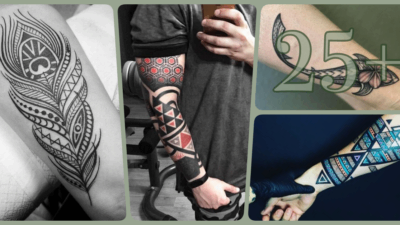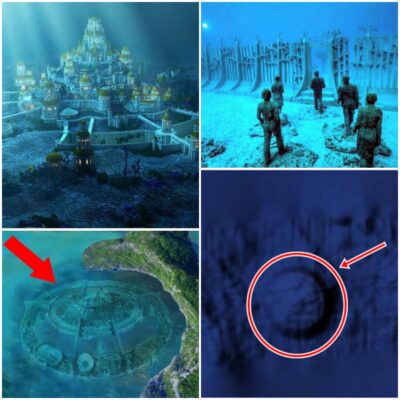Referring to China’s most famous archaeological anecdotes, the country’s experts still can’t forget the most dangerous excavation they have ever made. That was the excavation of Dinh Lang of Emperor Van Lich – the 13th king of the Ming Dynasty.
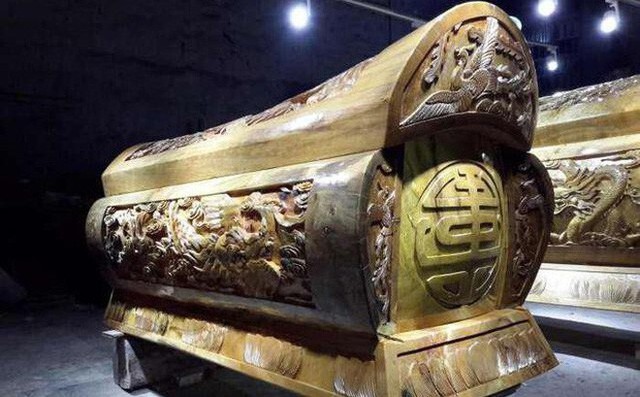
Illustration
Anecdotes about the underground palace protected by the underground river
In 1955, the Dinh Lang archaeological team led by Quach Mat Nhuoc began to excavate this tomb. For a fledgling archeology team, this was a daunting challenge.
Dinh Lang is also known by its full name Minh Dinh Lang, dating back more than 300 years. The resting place of Minh Than Tong Chu Duc Quan (Emperor Van Lich) used to take 6 years to build and cost nearly 800,000 taels.
Although the scale is not too large compared to other imperial tombs, Dinh Lang is still built very orderly. This also caused many major obstacles in the excavation process of the archaeological team.
It took the archaeological team more than a year and a half to find the entrance to the dungeon. That entrance was sealed off by a diamond wall 8.8 meters high and 1.6 meters thick.

The wall blocks the entrance to Emperor Wanli’s palace. (Photo: Source Baidu).
Not stopping there, when the excavation process was taking important steps, people in the area spread rumors.
In Dinh Lang’s palace, there is a river. If you want to find the Emperor’s coffin, you have to take a small boat to cross the river with a deep abyss of ten thousand feet and full of sharp swords. Moreover, only those who have the same birthday as Emperor Van Lich can reach the place where the coffin is located.
This made the archaeological team extremely confused. However, Guo’s team decided to ignore the superstitious rumors and persistently conduct excavations.
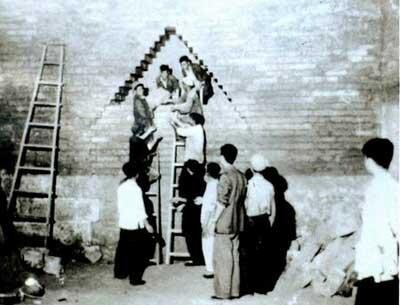
Quach Mat Nhuoc’s archaeological team “risked” to excavate. (Photo: Source Baidu).
The Emperor’s coffin curse caused many deaths
After many long months, the archaeological team finally found the owner – the room where the Emperor’s coffin is located.
According to those who directly conducted the excavation, in the middle of the room, there were three red coffins. The one in the middle belongs to Emperor Van Lich, and the two on the side are from the Empress.
After opening the coffin, the archaeological team was extremely excited to discover a large amount of strange treasures. Among them, the most prominent is the Emperor’s dragon hat, which is inlaid with more than 120 precious stones, 5000 pearls and is made entirely of gold.
However, archeology at that time was still somewhat backward. Due to the lack of material conditions, some artefacts discovered in the Emperor’s tomb were severely damaged.
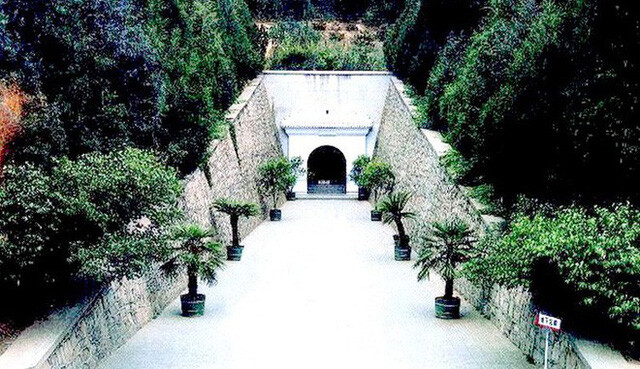
The entrance to Dinh Lang – the resting place of Emperor Van Lich. (Photo: Source Baidu).
At that time, archaeologists thought that the king’s wooden coffin was not valuable for research, so they left it by the ravine.
At that time, 7 people in the village heard this news, immediately went to the place to get the coffin and shared precious wood. Obtaining precious pieces of wood dating back more than 3 centuries, everyone was very happy, not knowing that it would bring disaster to them.
At that time, someone from the same village said:
“The Emperor’s stuff is not something that everyone can use. Without that blessing, I’m afraid I can’t stand it, but I’ll lose my life like a game…”
Before long, strange things also began to happen around those pieces of wood.
An elderly couple asked someone to build the Emperor’s iron coffin, but less than half a month later, both of them died in turn.
Another farmer put this piece of wood on the altar, then all 4 children of that family lost their lives for unknown reasons.
Those who used to share the piece of wood from Emperor Van Lich’s coffin also constantly had bad luck.
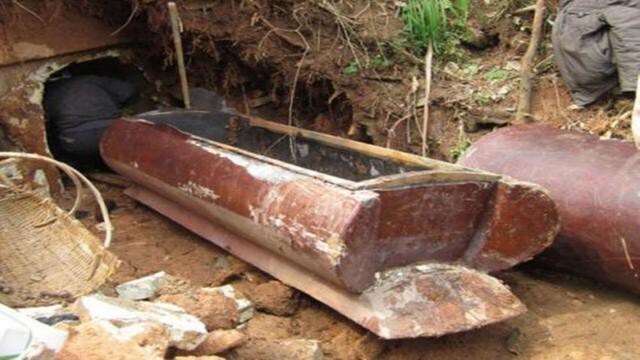
Emperor Wanli’s coffin is suspected to be the cause of many mysterious accidents that befall those involved. (Illustration).
Even more bizarre, the archaeologists involved in the excavation of the tomb encountered many unusual things.
Guo’s wife Yu Lijun hanged herself in her old house in Beijing, and his two sons also committed suicide.
The leader of the excavation work Trinh Chan Dac suddenly had a plane crash. The person who advocated the excavation of the grave was Ngo Ham who committed suicide in prison. Photographer Luu Duc An (who opened the lid of the Emperor’s coffin) hanged himself.
It seems that, at the moment when the door to the underworld was opened, the curse in the Emperor Van Lich’s tomb had also begun to be fulfilled. Despite finding countless strange treasures, but Dinh Lang has also left fear and obsession for Chinese archaeologists.
Since then, not actively excavating the Emperor’s tomb has become an “unwritten law” in the archeology industry in this country.

